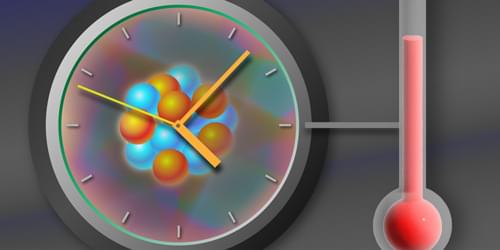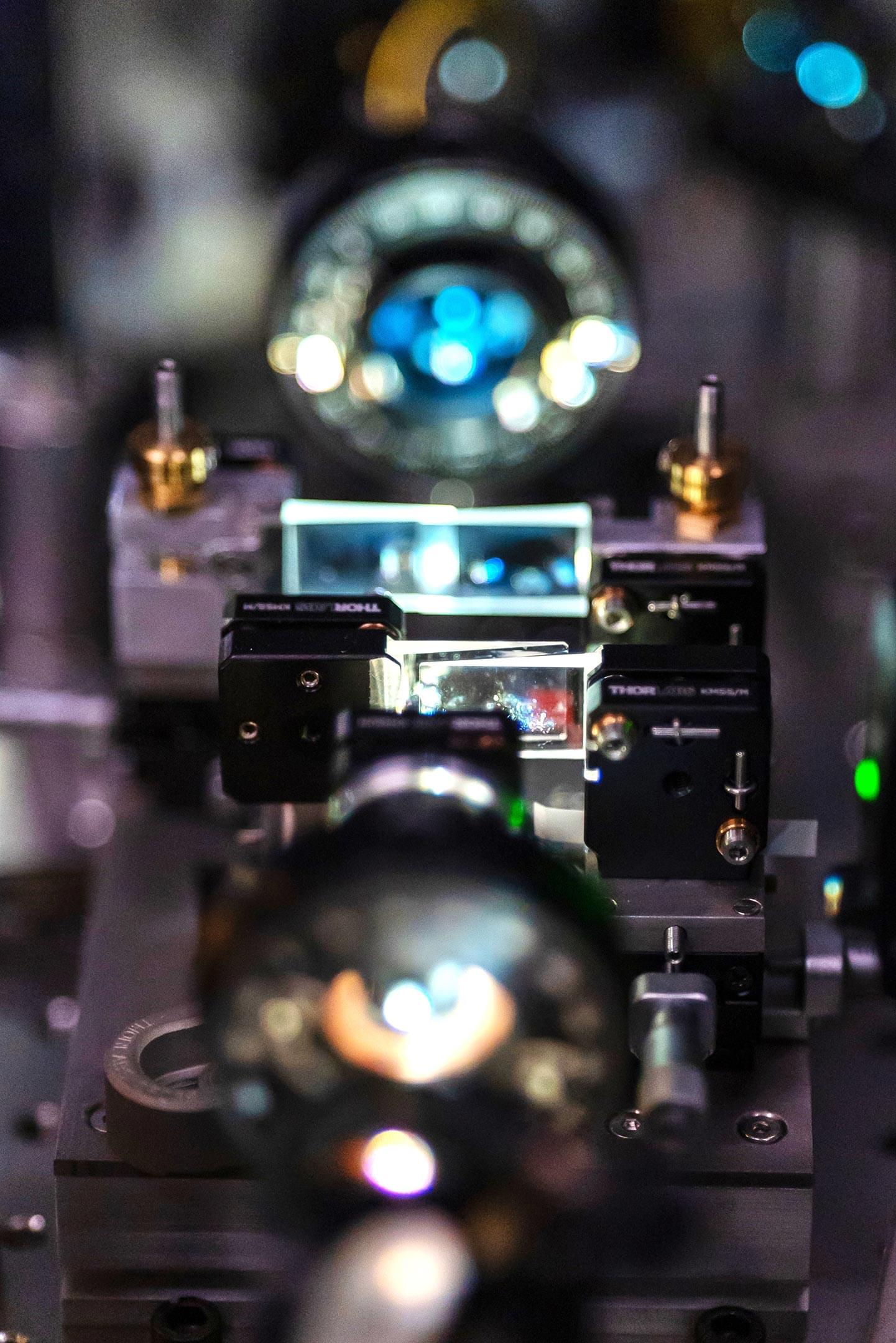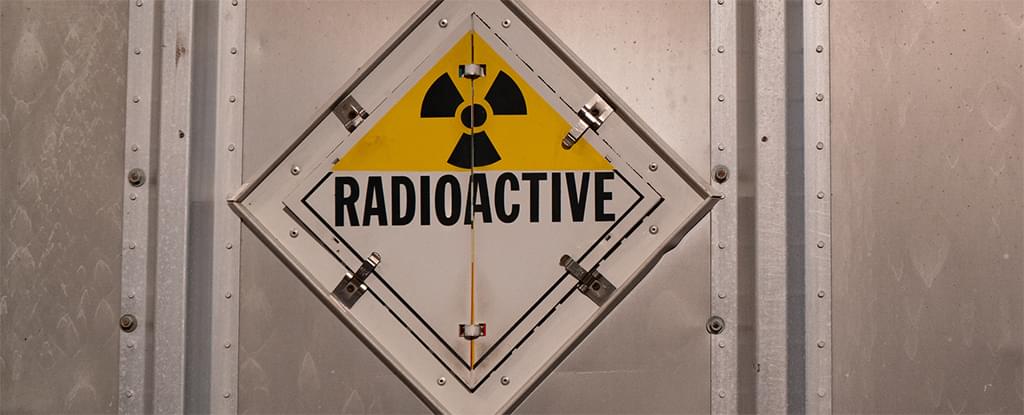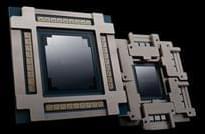This document intends to provide a summary of the cybersecurity threats in Japan with reference to globally observed cyber landscape. It looks at various kinds of cyberattacks their quantum and impact as well as specific verticals that are targeted by various threat actors.
As in February, 2024, in Japan, an organisation faces an average of 1,003 attacks per week, with FakeUpdates being the top malware. Most malicious files are delivered via email, and Remote Code Execution is the most common vulnerability exploit. In recent times, major Japanese incidents include a sophisticated malware by a nation state, attacks on Nissan and JAXA, and data breaches at the University of Tokyo and CASIO. Globally, incidents include Ukrainian media hacks, a ransomware attack on U.S. schools, and disruptions in U.S. healthcare due to cyber-attacks. The document also covers trends in malware types, attack vectors, and impacted industries over the last 6 months.
The details provide an overview of the threat landscape and major incidents in Japan and globally, highlighting the prevalence of attacks, common malware types, and impact on various industries and organisations. The information described should create awareness and help businesses and government organisation prepare well to safely operate in a digital environment.








